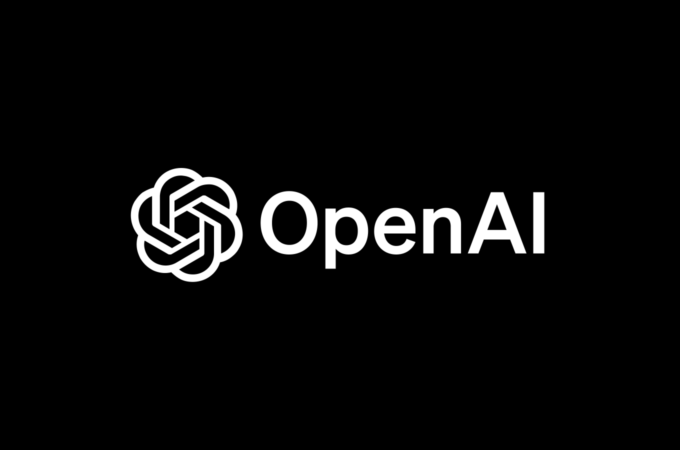Few household chores are as infuriating as spending an age on the phone to complain to your bank, recover a lost password or answer some minor financial query.
Hold music, press number 4 for an option that is only half-related to your problem, more hold music.
Banks are under pressure to cut costs while improving service – which is crucial to keeping customers and improving the industry’s battered reputation.
One hope lies in new technology and, in particular, robots. Several British banks are ploughing money into artificial intelligence (AI) in the hope that it could start helping customer service behind the scenes in the coming months and soon be let loose on the public.
Barclays’ former chief executive, Antony Jenkins, believes half of all jobs in banking could be chopped in the next decade as automation takes hold, underlining the scale of potential transformation.
Enabling Britons to check their balances, transfer funds and even pay in cheques using smartphones has already allowed banks to cut hundreds of branches, saving millions of pounds while simultaneously improving service. In the near future basic complaints handling, forgotten passwords and other simple queries could also be a human-free zone, with several banks working to deploy online chat systems that run on robots.
Royal Bank of Scotland is trialling its system initially as an aid to staff, who answer the questions themselves, while the robot learns from their actions.
“AI allows us to answer simple customer questions quickly and efficiently, while freeing up time for our staff to answer more complex questions,” says Chris Popple, RBS’s head of digital banking. “We are now looking at conducting pilots with members of the public to test the experience, refine its intelligence and understand its suitability for customers.”
Two key problems have presented themselves so far. The first is that the artificial intelligence robots are new and, frankly, not very good.
Atom Bank, a new mobile app-only lender, is tinkering with a robot that currently gets the answer correct roughly 65pc of the time. Put another way, the robot gets the wrong answer seven times out of every 20. The bank wants to improve performance to at least 85pc accuracy before letting the public use the service.







